Understanding Why Your Dog Doesn’t Want to Eat
As a dog owner, it can be worrying when your furry friend suddenly refuses to eat. Understanding why your dog doesn’t want to eat can help you address the issue appropriately and improve their well-being. There are many reasons behind this behavior, ranging from medical issues to behavioral concerns. Let’s explore these potential causes in detail.
Common Medical Issues
Several health problems can lead to a loss of appetite in dogs. Identifying these issues early is critical. Here are some common medical reasons your dog may be avoiding food:
- Dental Problems: Dogs with dental pain or gum disease often find it difficult to eat.
- Gastrointestinal Disorders: Conditions like nausea, infections, or parasites can make your dog feel unwell and refuse food.
- Kidney or Liver Disease: These conditions can profoundly affect a dog’s appetite.
- Infections or Fever: If your dog is battling an infection, it may feel lethargic and less inclined to eat.
- Medications: Some medications can impact your dog’s appetite as a side effect.
If you suspect a medical issue, it’s essential to consult with your veterinarian immediately. They can perform tests, provide a diagnosis, and recommend suitable treatments.
Behavioral Factors
Sometimes, your dog’s reluctance to eat may be due to behavioral factors rather than health issues. Here are a few scenarios to consider:
- Stress or Anxiety: Changes in the household, like moving or a new pet, can stress your dog and affect their eating habits.
- Picky Eaters: Some dogs can become choosy about food, especially if they have been offered a variety of treats or human food.
- Feeding Routine: Dogs thrive on routine. If their feeding schedule has changed abruptly, they might not feel hungry at the usual time.
- Temperature of Food: Dogs may prefer their food warm or at room temperature. Cold food might be unappealing to them.
Addressing these behavioral issues often requires patience. Establishing a consistent feeding routine and providing a stress-free environment can promote a healthier eating pattern.
Potential Environmental Factors
The environment in which your dog eats can also have an impact on their appetite. Consider these aspects:
- Feeding Area: If your dog feels insecure or unsafe in their feeding area, they may avoid eating. Ensure that it is a quiet, comfortable space.
- Food Quality: Always ensure that you are feeding your dog high-quality food. Expired or stale food can deter them from eating.
- Temperature and Moisture: Dogs can be sensitive to extreme temperatures. Ensure their food is served at a pleasant temperature.
If you’ve noticed changing eating habits, it’s worth reevaluating the feeding environment to make improvements.
When to Seek Help
While it’s common for dogs to skip a meal occasionally, you should be concerned if your dog refuses to eat for more than 24 hours, particularly if accompanied by other symptoms such as vomiting, diarrhea, or lethargy. Here’s a quick overview of when to contact your vet:
| Symptom | Action |
|---|---|
| Not eating for over 24 hours | Consult your veterinarian |
| Vomiting or diarrhea | Seek immediate veterinary care |
| Excessive lethargy | Contact a vet |
Being vigilant about your dog’s eating habits and general health is crucial. If your dog doesn’t want to eat, take it seriously and investigate the underlying causes to ensure they stay healthy and happy.
For more information on your dog’s health and diet, visit AKC’s Guideline on Dog Nutrition or check out PetMD for Possible Causes.
Common Health Issues That Affect a Dog’s Appetite
When you notice that your dog doesn’t want to eat, it can be concerning. There are a variety of common health issues that could be affecting your dog’s appetite. Understanding these issues can help you address the situation more effectively. Here are some potential health problems to consider:
Gastrointestinal Issues
Digestive problems are one of the most common reasons why dogs may lose their appetite. These issues can stem from:
- Stomach upset: This can be caused by eating something they shouldn’t have or simply by stress.
- Intestinal obstruction: A more serious condition where objects stuck in the intestines prevent normal function.
- Vomiting or diarrhea: Both conditions can lead to dehydration and loss of interest in food.
Dental Disease
If your furry friend is experiencing dental problems, they might not feel like eating due to pain. Some signs of dental disease include:
- Bad breath
- Swollen gums
- Difficulty chewing
- Excessive drooling
Regular vet check-ups can help detect and treat dental issues early.
Infections
Various infections can also lead to decreased appetite in dogs. These include:
- Respiratory infections: Symptoms may include coughing, sneezing, and runny nose, leading to a reluctance to eat.
- Urinary tract infections: These can cause discomfort and also lead to a lack of interest in food.
Chronic Diseases
Some long-term health problems may disrupt your dog’s eating habits. Common chronic conditions affecting appetite include:
- Kidney disease: Dogs with kidney issues often experience nausea and fatigue, which can reduce their desire to eat.
- Liver disease: Similar to kidney problems, liver issues can lead to a significant decrease in appetite.
- Diabetes: This condition can sometimes cause changes in appetite either for more food or less.
Age-Related Changes
As your dog ages, their appetite may change for various reasons. Older dogs may not eat as much due to:
- Changes in metabolism
- Dental issues more prevalent in older dogs
- Chronic pain or arthritis, making it uncomfortable to eat or move to their food bowl
Psychological Factors
Sometimes, the lack of appetite isn’t due to physical health issues but rather psychological factors. Stress or anxiety can significantly affect your dog’s desire to eat. Consider these aspects:
- Recent changes in the home, such as a new pet, baby, or moving to a new environment
- Traumatic experiences such as an accident or staying away from home
What to Do If Your Dog Isn’t Eating
If your dog doesn’t want to eat, it’s important to monitor the situation carefully. Here are steps you can take:
- Observe: Watch for additional symptoms such as vomiting, diarrhea, or lethargy.
- Check food freshness: Ensure the food is fresh and has not expired.
- Consult your vet: If your dog hasn’t eaten for more than 24 hours or exhibits other concerning symptoms, it’s time to see a veterinarian.
Remember, your dog’s health is a top priority. If you suspect a medical issue, seeking professional advice is crucial.
For additional information about dog health and appetite-related concerns, you may visit the following resources:
- American Kennel Club – Why Dogs Lose Appetite
- ASPCA – Common Issues Affecting Dogs
- PetMD – 5 Reasons Your Dog Won’t Eat
Assessing Your Dog’s Diet: Are They Getting the Right Nutrition?
Monitoring your dog’s diet is crucial to ensure they are receiving the right nutrition. Just like humans, dogs need a balanced diet to thrive. If you’ve noticed changes in your dog’s eating habits, it may be time to reassess what you are currently feeding them. Below are several factors to consider when evaluating your dog’s nutritional intake.
Understanding Dog Food Labels
When selecting your dog’s food, understanding the labels can help you make better choices. Start by looking for key components:
- Protein: Look for high-quality protein sources, like chicken or beef, as the first ingredient.
- Fat: Essential for energy, fats should also come from quality sources.
- Carbohydrates: Whole grains or vegetables are good, but too many fillers can be unhealthy.
- Vitamins and Minerals: Essential for overall health and immunity.
Common Nutritional Needs by Dog Breed
| Breed | Daily Caloric Needs | Typical Nutritional Needs |
|---|---|---|
| Small Breeds (e.g., Chihuahua) | 200-400 calories | Higher fat and calorie density |
| Medium Breeds (e.g., Beagle) | 500-800 calories | Balanced protein and fats |
| Large Breeds (e.g., Labrador) | 1000-2000 calories | Lower calorie density, joint support |
Signs Your Dog May Not Be Getting the Right Nutrition
If your dog exhibits any of the following signs, it may indicate a need for dietary reassessment:
- Weight loss or gain
- Lethargy or decreased energy
- Food refusal or reluctance to eat
- Unhealthy coat appearance
- Digestive issues, such as diarrhea or vomiting
Adjusting Your Dog’s Diet
If you determine your dog’s diet isn’t meeting their needs, consider these adjustments:
- Consult Your Veterinarian: Always start by discussing any concerns with your vet, especially if your dog displays health issues.
- Gradual Changes: Introducing a new food should be gradual. Mix the new food with your dog’s current food over a week.
- Consider Age and Activity Level: Puppies, adults, and senior dogs all have unique nutritional needs.
Fresh Foods
Some dog owners opt to incorporate fresh foods into their dog’s diet. Adding human-grade foods can be beneficial but should be done carefully. Options include:
- Meat: Cooked chicken, beef, or fish without seasoning.
- Vegetables: Carrots, peas, and sweet potatoes.
- Fruits: Apples, blueberries, and bananas.
Make sure any foods you add are safe for dogs.
Hydration Matters
Water is an essential part of your dog’s diet. Always ensure that your dog has access to clean, fresh water. Proper hydration supports digestion and overall health.
Monitoring Health Regularly
Regular check-ups with your veterinarian can help keep tabs on your dog’s health and nutritional needs. Your vet can provide tailored advice based on your dog’s age, breed, and health status, ensuring they get all the necessary nutrients.
For additional information about dog nutrition, you may find resources at Bone Vet and American Veterinary Medical Association.
By actively monitoring your dog’s diet and seeking professional guidance, you can ensure they live a healthy, happy life with the right nutrition.
Behavioral Factors that Influence Your Dog’s Eating Habits
As a devoted dog owner, you may find that your furry friend sometimes refuses to eat. Understanding the underlying behavioral factors influencing your dog’s eating habits is essential for addressing this concern effectively. By observing and adjusting to your pet’s needs, you can encourage healthy eating behaviors and ensure their overall well-being.
One significant factor that impacts your dog’s appetite is their mood. Just like humans, dogs can experience a range of emotions that may affect their desire to eat. Stress, anxiety, or even excitement can cause fluctuations in their eating habits. For example, if there has been a recent change in the home environment, such as a new pet or moving to a new place, your dog might feel unsettled. Paying attention to your dog’s emotional state can help you identify the root of their eating issues.
The environment in which your dog eats plays a crucial role in their willingness to consume food. Here are a few considerations:
- Noise Levels: A loud or chaotic environment can be distracting and intimidating, making it hard for your dog to focus on their meal.
- Feeding Area: Ensure the feeding spot is comfortable, safe, and away from too much foot traffic or other pets that may cause stress.
- Routine: Dogs often thrive on routine. Establishing a regular feeding schedule can help create a sense of security in your dog’s eating habits.
Another behavioral aspect to consider is your dog’s age. Puppies, adults, and senior dogs have different nutritional needs and food preferences. Puppies are often more playful, while seniors may exhibit less activity. These stages can lead to variations in appetite. Additionally, a picky eater may develop their preferences, leading them to reject certain foods. This can become a habit over time. Consider experimenting with different food types, textures, and flavors to find what excites your dog.
Health factors can also greatly influence your dog’s desire to eat. Certain medical conditions or medications can lead to changes in appetite. Always consult with your veterinarian if your dog refuses to eat for more than a day. Some common health-related causes include:
- Dental Problems: Issues such as gum disease or broken teeth can make eating painful.
- Digestive Issues: Conditions like upset stomach, constipation, or parasites can deter your dog from eating.
- Illness or Pain: Dogs often stop eating if they are feeling unwell or are in pain.
Sometimes, competition for food can influence your dog’s eating habits. If you have multiple pets, they may feel pressured or distracted by each other. This competitive behavior can result in one dog not eating while watching another eat. Creating a separate feeding space for each pet can help reduce this tension and allow your dog to eat peacefully.
Bonding over food can also affect your dog’s relationship with eating. If you often share your food with them or use treats as rewards during playtime or training, your dog may become selective about what they eat or develop unrealistic expectations of meals. Strive for a balanced approach where your dog sees their food as a regular, enjoyable part of their day rather than a special reward.
Consider your dog’s feeding routine and when they show the most interest in food. You can utilize this knowledge to structure their feeding times. Some dogs prefer eating in the morning, while others may enjoy a late-night snack. Observe when your dog appears hungry and adjust meal times accordingly. Implementing a consistent schedule will help reinforce positive eating behaviors.
By understanding the various behavioral factors that influence your dog’s eating habits, you can provide the support and environment they need to eat healthily. Always monitor their eating patterns and consult a professional if there are any concerns. If this issue persists, the veterinary professionals at the American Kennel Club can offer guidance or suggest dietary supplements that may encourage an appetite.
Education and awareness of the behavioral factors at play can significantly improve your dog’s eating habits. With patience and love, you’ll foster a healthier, happier eating experience for your canine companion.
Tips for Encouraging Your Dog to Eat Again
It’s concerning when your beloved dog suddenly refuses to eat. As a pet owner, you want to ensure their health and happiness. There are several reasons why your fur friend might not be eating, including stress, health issues, or simply being a picky eater. Here are some practical tips to encourage your dog to eat again.
Assess the Situation
Before jumping to solutions, take a moment to assess your dog’s overall condition. Observing signs such as lethargy, vomiting, or diarrhea may indicate a health issue that requires a vet’s attention. It’s essential to ensure that there are no underlying medical problems contributing to your dog’s loss of appetite.
Evaluate the Food
Sometimes, dogs may refuse food simply because they don’t like it. Consider the following:
- Freshness: Check the expiration date on your dog’s food. Stale or expired kibble can be unappealing.
- Diet Change: Have you recently switched your dog’s food? Gradually introducing new foods can help prevent reluctance.
- Flavor Preference: Some dogs are picky. Trying different flavors or brands might reignite their interest in food.
Create a Calm Environment
Just like humans, dogs can be sensitive to their surroundings. Here are ways to make mealtime more inviting:
- **Quiet Space:** Ensure that your dog’s feeding area is quiet and comfortable, away from distractions and noise.
- **Routine:** Dogs thrive on routine. Try to feed your dog at the same time each day.
- **Positive Reinforcement:** Encourage your dog with gentle praise when they show interest in their food.
Enhance the Appeal of Food
If your dog seems uninterested in their regular meals, consider enhancing their food to make it more appealing:
- Wet Food: Mixing in some wet food can add moisture and flavor that dry kibble lacks.
- Homemade Treats: Adding a small amount of safe, homemade food, like boiled chicken or carrots, can entice them.
- Food Toppers: There are various food toppers available that enhance flavor and nutrition. Options like Chewy provide a range of choices.
Keep Feeding Tools Clean
Clean bowls might help to attract your dog back to their food. Sometimes, residue from previous meals can discourage them from eating. Regularly wash their food and water bowls to maintain hygiene.
Opt for Interactive Feeding
If your dog typically enjoys playtime, utilizing interactive feeding tools can help engage them during mealtime. Puzzle feeders or treat-dispensing toys make eating fun and offer mental stimulation.
Consider a Veterinary Visit
If your efforts don’t lead to improvement, it might be time to consult your veterinarian. They can conduct a thorough examination to rule out health issues and offer you tailored advice for your dog’s specific situation. Incorporate your vet’s recommendations into your feeding routine to ensure your dog is nourished effectively.
Keep an Eye on Their Behavior
Monitor your dog’s behavior closely. Knowing shifts in your dog’s eating and drinking habits can serve as vital indicators of their health. Being proactive in assessing their condition and seeking help when necessary can keep them happy and healthy.
| Signs to Watch For | Actions to Take |
|---|---|
| Lethargy | Consult your vet immediately |
| Vomiting | Keep track of frequency, and seek veterinary help |
| Sudden Weight Loss | Assess diet and schedule a vet visit |
| Change in Behavior | Observe for stressors and consult a vet if needed |
Encouraging your dog to eat again involves thorough observation and proactive measures. Be patient, and let your dog know you’re there to support them. You’ll nip their loss of appetite in the bud and find that happy tail wagging soon enough!
For more tips on dog care and health, explore resources like the American Kennel Club and VetStreet. These sites offer a wealth of information to support your journey as a responsible pet owner.
Conclusion
Addressing the issue of your dog not wanting to eat can be challenging, but understanding the root causes is essential. Recognizing why your dog displays a decrease in appetite can open the door to identifying common health issues that may lie beneath the surface. If you suspect your furry friend is dealing with a medical condition, consulting your veterinarian is vital for proper treatment and peace of mind.
Equally important is evaluating your dog’s diet. Are they receiving the nutrients they need? The right balance of proteins, fats, and carbohydrates is crucial for maintaining their appetite and overall health. If you find that your dog’s diet is lacking, consider transitioning to a higher-quality food that aligns better with their nutritional requirements.
Behavioral factors can also play a significant role in your dog’s eating habits. Changes in environment, stress, or even boredom with their food can lead to decreased interest in mealtime. By identifying and addressing these factors, you can help mitigate their reluctance to eat.
Implementing tips to encourage your dog to eat again can make a difference. From offering fresh, appealing meals to establishing a consistent feeding routine, small adjustments can lead to significant improvements in appetite. Remember, each dog is unique, so it might take some time to find the right approach for your pet.
By staying informed and proactive, you can help ensure your dog’s health and happiness. Observing their behavior, consulting with professionals, and making necessary adjustments can turn mealtime back into a joyful experience for both you and your furry companion.



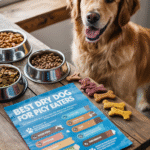

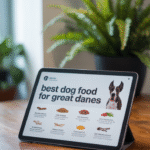

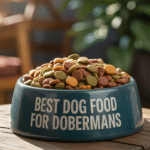


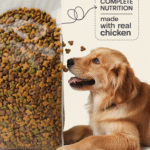


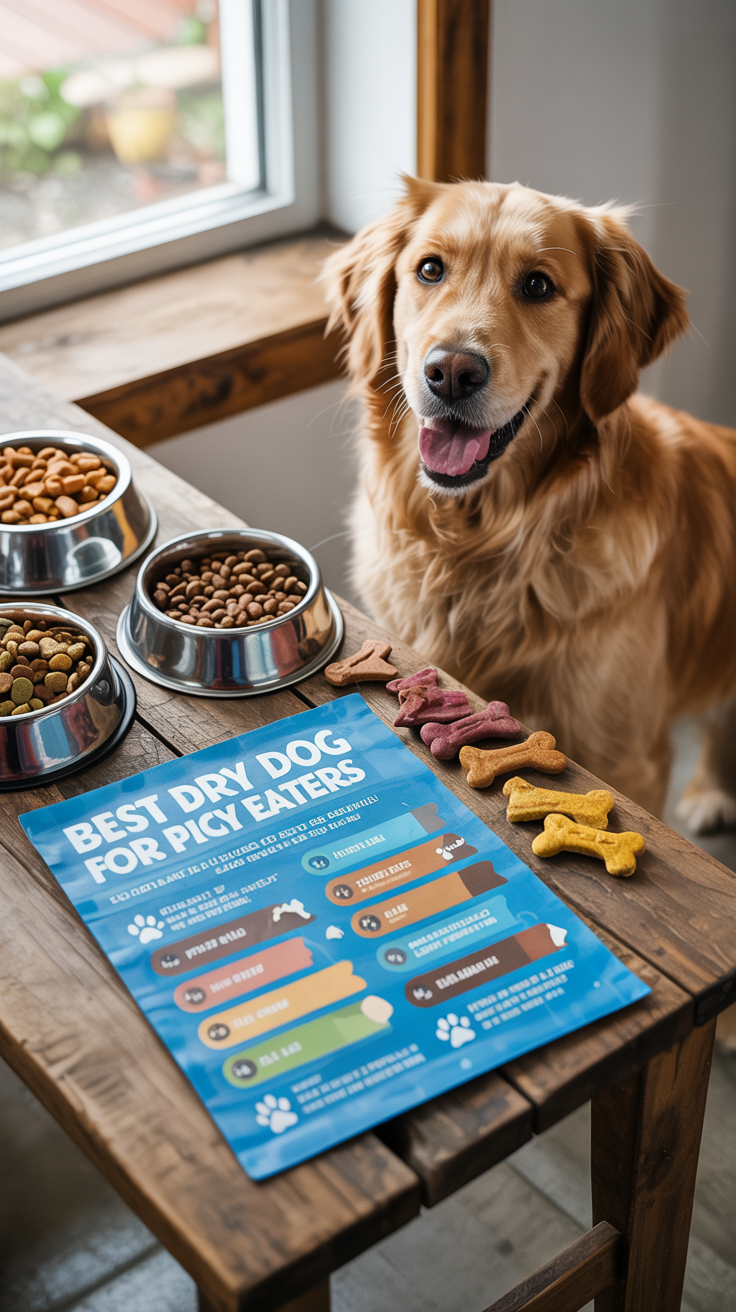
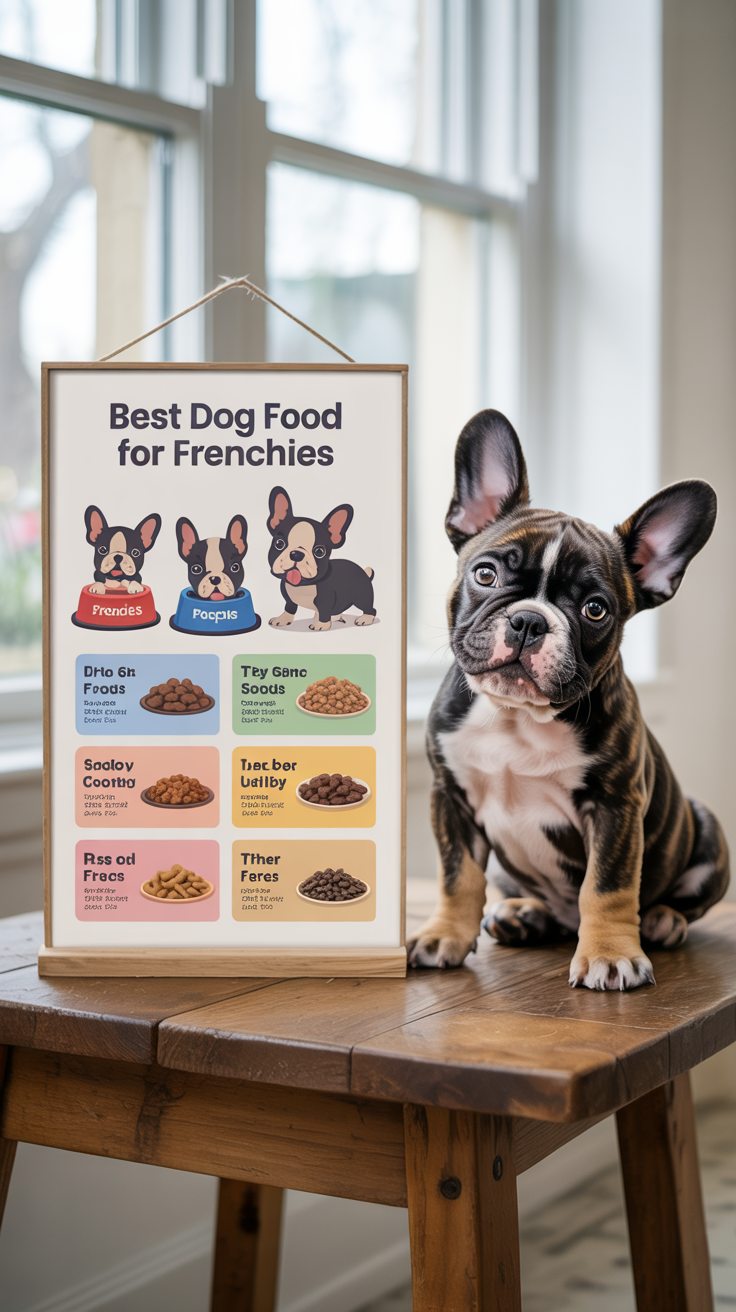
Leave a Reply